In an art world hooked on spectacle, a forthcoming group exhibition makes a quieter case — that silence, doubt, and dimness can glow just as brightly as light. Okechukwu Uwaezuoke writes
“An invitation to look beyond the surface, to engage with the in-betweenness of existence, and to reconsider the power of what remains hidden,” reads the concluding part of the exhibition’s curatorial statement — a phrase that might just as well have been retrieved from the shadowy margins of memory, though it is nonetheless too lucid to ignore, too self-contained to explain away.
That quiet assurance — measured, unhurried, faintly rebellious — sets the emotional cadence for What Lurks in the Shadow, a forthcoming group exhibition that hints less at a collective display and more at an extended undertone about presence, worth, and the unseen scaffolding of being. Opening on November 8, the exhibition evokes a touch of Stephen King’s nocturnal unease — not the shriek of horror, but the soft-footed dread of something stirring just beyond the edge of illumination.
Organised by the Ndubuisi Nduwhite Ahanonu-led International Institute for Creative Development (IICD) Project Lagos and curated by Mathew Oyedele, the exhibition runs until January 31, 2026, at a subdued yet elegant creative space on Theophilus Oji Street in Lekki Phase I, Lagos. Amid the potential distraction of the venue’s glittering swimming pool, it promises less an assembly of artworks than a chorus of sensibilities — a gathering of artists bound not by form but by a shared preoccupation with the interior and the unseen.
The roster — Joshua Adeyemi, Michael Anyadike, Eno Young, Kolawole Olalekan, Francis Jeremiah, Korede Aremo, Yewande Ambeke, Sidney Osioh, Paul Ayihawu, Elayo Yakubu Ashi, Wanger Ayu, and Japheth Bitrus — reads like a constellation of temperaments orbiting around the same emotional gravity. Each voice, distinct yet resonant, seems to trace the faint outlines of what flickers just below perception: a pulse, a hesitation, a quiet revelation waiting to surface.
In this anticipated chiaroscuro of emotions, shadows are poised to do most of the speaking. They thicken around canvases, cling to sculptural edges, and slip across installations with the grace of something sentient. Here, darkness is not erasure but revelation — a space where fragility, doubt, and remembrance might finally breathe. Each artist seems to sense that revelation depends on restraint, that what resists illumination often carries the greater charge.
The excitement swirling around the forthcoming exhibition lies less in its potential for showmanship than in its promise of sustained, intimate intensity. It gestures toward artists grappling with the intangible — the residue of memory, the ache of concealment, the delicate politics of visibility. Within the exhibition space, the works appear poised to find their rhythm, tracing the boundaries between exposure and withdrawal, assertion and silence.
Sidney Osioh’s contributions, including “Emotions in Lockdown” and “Behind Our Smiling Faces”, exemplify this quiet resistance. Rendered in mixed media with charcoal and burnt wood, the works smoulder with unspoken griefs — those subtler pains that outlast crisis headlines and seep into domestic stillness. Long preoccupied with cultural memory and the moral architecture of community, Osioh seems poised in this exhibition to explore a new dimension of solitude. The blackened surfaces of his pieces suggest endurance as much as suffering, hinting at the way private histories and collective memory intertwine in the half-lit corners of consciousness.
Elayo Yakubu Ashi’s “Nigerian Youth” and “Katsina Couple” are bathed in a confident modern realism that nonetheless hums with unease. His figures — composed, watchful, and burdened by lineage — appear to grapple with the inheritance of meaning itself. Elephant footprints trail behind them like ancestral echoes; Ashanti stool patterns cling to their clothes as emblems of unshakable identity. Yakubu’s brush interrogates youth and belonging, suggesting the tension between the weight of history and the necessity of standing upright in colour and hope. In his vision, masks are not merely disguises but survival tools — the bright armour of a generation negotiating its place between inheritance and reinvention.
Eno Young constructs entire emotional landscapes. Her piece “Still There” evokes a memory preserved in resin — a tableau of endurance and quiet exhaustion. A seated figure, surrounded by her “story houses” of imagined conversation, seems to have reached the end of language itself. The line “Would it have changed anything?” reads less as a question than as an accusation, a meditation on the persistence of feeling. Young’s silhouettes are distilled presences rather than portraits, suspended in time; their restraint is the power of the work, asserting themselves without demand, inviting absorption rather than reaction.
Yewande Ambeke’s “False Calm” I and “False Calm” II probe the fragile equilibrium of modern existence. Figures float in water — half-drowned, half-serene — their stillness a fragile guise. Beneath the placid surface, anxiety churns like a hidden current. Ambeke suggests that control, however meticulously maintained, is both armour and illusion. With clinical precision — unsurprising, given her background in pharmacy — she anatomises emotion itself, mapping chemical quietude and invisible turbulence. Her palette of blues and greys does not soothe; it echoes a mind perpetually holding its breath.
Kolawole Olalekan’s “Bullet Man” I and “Bullet Man” II rupture this quietude with darkly comic absurdity. The faceless figure, half-human, half-artillery, emerges as a grotesque stand-in for the citizen entangled in the machinery of violence, politics, and social performance. Yet beneath the horror lies wit, a surreal self-awareness that refuses to concede victimhood. Landscapes bruise with colour; humour stings. In a context where survival often demands a touch of the ridiculous, Olalekan transforms satire into a form of understated deliverance.
Joshua Adeyemi, whose curatorial insight underpins the exhibition, anchors the ensemble with sculptural paintings and installations that mediate between presence and absence. His “Treasures in the Dark” series — central to the exhibition — posits that the unseen is not synonymous with the unknown. Beauty, meaning, and even redemption might reside in the half-lit corners culture is often taught to fear. Working with reclaimed materials — pallet wood, fabric, leather — Adeyemi constructs a metaphor of art as salvage, fabrication as reconstruction. The results are tactile and philosophical, offering a meditation on how life’s discarded textures can yield revelation when observed anew.
Michael Anyadike, Francis Jeremiah, Korede Aremo, Paul Ayihawu, Wanger Ayu, and Japheth Bitrus similarly contribute to this quiet economy of attention. Their works, varied in medium and approach, orbit the same contemplative gravity — an exploration of presence, withdrawal, memory, and the unseen forces shaping both individual and collective experience. Collectively, the exhibition rejects the performative brightness common in contemporary art, favouring patient engagement, a slow absorption of layered emotional and conceptual resonance.
What Lurks in the Shadow carries a quiet thesis that threads through the exhibition: the unseen, the overlooked, and the unspoken often bear the greatest weight. There are no spectacles here, no flashy immediacy — only a deliberate orchestration of tone, light, and shadow, conjuring a mood to inhabit rather than a display to consume. The works do not plead for empathy; they possess it inherently, and it is this subtlety that gives them their power. As anticipation builds toward the November 8 opening, the exhibition promises a meditative, unhurried encounter, one that privileges introspection over showmanship. Through the constellation of voices on display, it encourages reflection on the cultural, emotional, and spiritual forces that shape human worth, asserting that even gloom, when approached with attentiveness, has something to reveal.



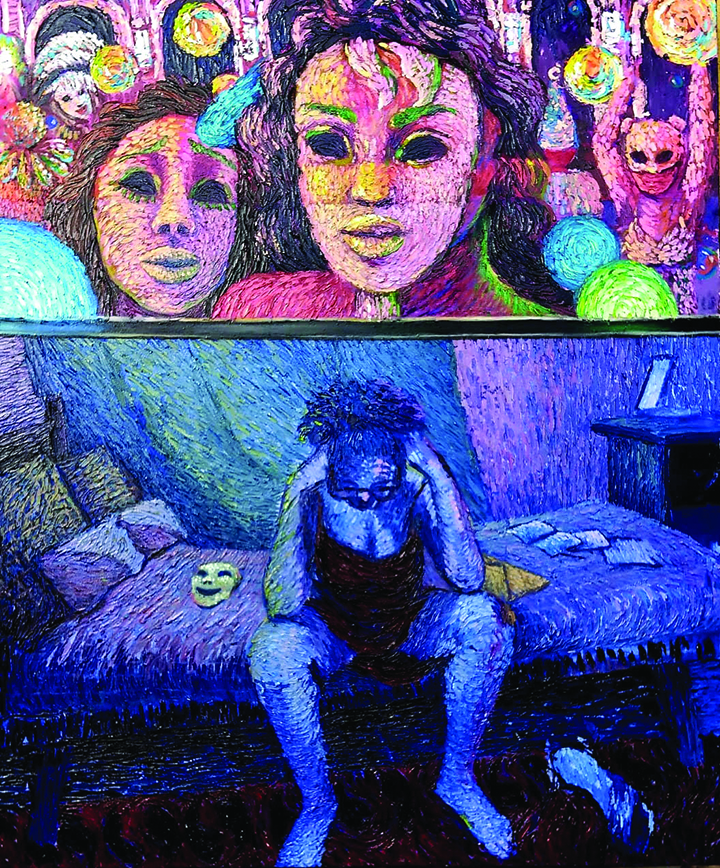

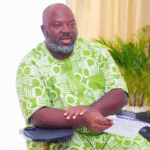
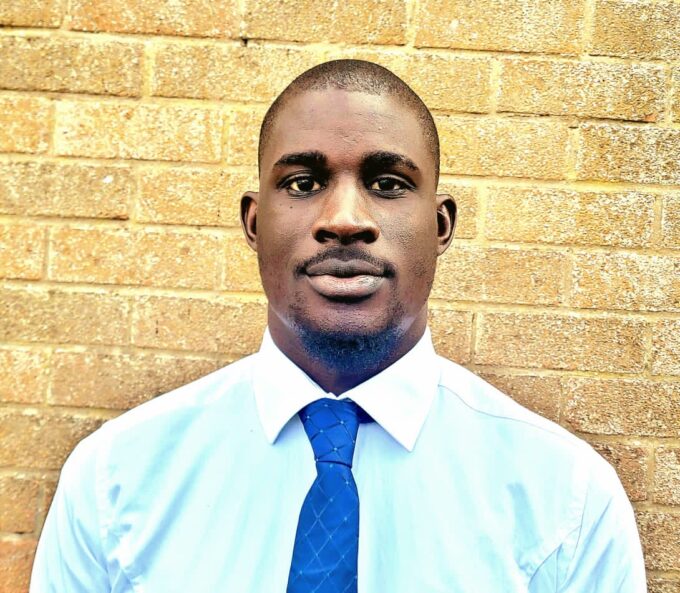

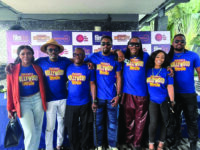
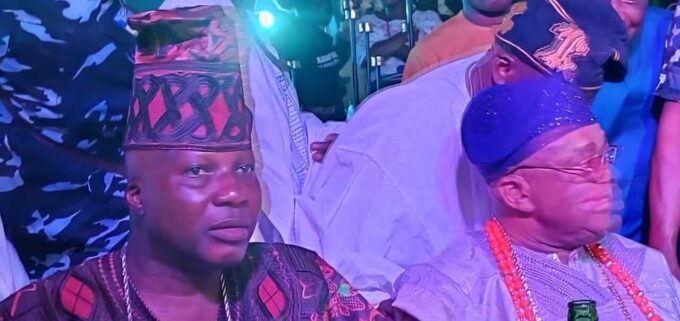
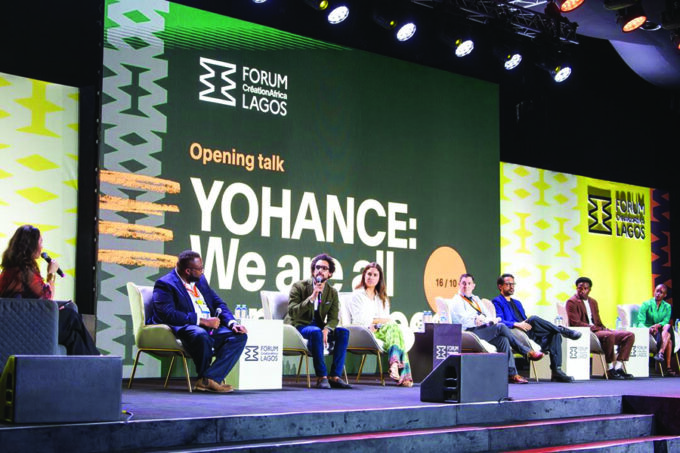





Leave a comment